Notes
Ruddy Roye from Iraqi Kurdistan: Among the Names of the Dead
Hapsa Hama Faraj clutches the purse her daughter was carrying the day the bombs landed on Halabja. She said the purse was found not far from her daughter’s body.
I must admit I knew nothing about the existence of Kurdistan before arriving at Sulaimaniyah for a film and video workshop. My only knowledge of the Kurdish people was through scathing adjectives used to describe the armed struggle of the Kurdistan Worker’s Party. After my first workshop day at the American University in Iraq, I googled “Kurdistan” to find that the organization’s core group at its inception was made up largely of students. Then there was the talk of Halabja and its importance to the Kurds.
Halabja felt like both a coat and an armour. It spoke of the pride, the music, language and culture of a forgotten people, and on the other hand, it conjured up an intense and torrid struggle of a people seeking nationalism. It is the tale a nation can never forget.
As the Kurdish students who attended the American University of Iraq in Sulaimani spoke to me, one after the other, slowly, and with painstaking attention to details, it was apparent that March 16, 1988 was just as fresh in their minds as if it had happened yesterday. Some of them were not even born, but the images that they described reeked of horror and anger.
A father walks his son to see the tanks that were used to help to destroy the remaining houses in the city of Halabja after the airplanes had stopped the bombing. “The tanks have become a part of Halabja’s history,” said Afan Osman a student at the American University of Iraq Sulaiman.
“We learn about the horrors of the day from everybody, everywhere and every time. They are told in stories and memorials. Whenever we get together as a family, sometimes watching old footage, we would talk about that day. I remember stories of how the people ran to escape the chemical bombs, and how some died because they were exposed. It’s usually our relatives who talk about their experience, but we are inundated with images and videos of that day so we will never forget,” explained Nuha Othman Hussein, after I questioned her about the place where she grew up as a child.
We were loading up a bus early in the morning for a trip to the Kurdish town of Halabja which Saddam Hussein’s forces had bombed with chemical weapons and napalm. There was much apprehension, mingled with excitement. We were warned to bring our passports for the two hour drive. We were told to expect eight to nine check points, but after the first one, where we were instructed to leave the vehicle with passport in hand, it was smooth driving the rest of the way.
The road meandered through dry rocky hills that pointed their fists in defiance at the blue sky. It was almost the dry season and the dust was already beginning to spread its sheets of brown over the green grass. While toddler shepherds fanned little sticks at their bleating herd, my eyes followed each rugged mountain as it stood majestically towards the elusive heavens, then fall and disappear again into the arms of the next lush green valley.
Teenagers sit around discussing the event of March 16, 1988 when Iraqi forces bombed the city of Halabja. The Museum hosts daily tours with the hope that no one forgets that over 5,000 innocent people perished that day.
Haji Hama Sdiq and his wife Fat’ha Ali sit in their favourite place on their lawn directly facing one of the cemeteries in Halabja where the bodies of those who died on March 16, 1988 were buried. The couple lost 22 members of their family when aircraft bombed the town with chemical weapons and napalm.
We arrived at the Halabja Memorial Museum around lunchtime and after passing our last check point, we met our guide. Zmnako Ali was only three months old when Saddam’s bombs broke the evening’s tea time. According to eyewitness reports, Iraqi aircraft conducted up to fourteen chemical bombings on Halabja’s residential areas using seven to eight planes each, with helicopters coordinating the operation. Eyewitnesses reports also described clouds of smoke billowing upward “white, black and then yellow,” rising as a column about one hundred and fifty feet in the air. Survivors said the gas at first smelled like sweet apples. They reported also that people died in a number of ways, which suggested that a combination of toxic chemicals were used. Some died instantaneously while others died while laughing.
Zmnako’s rugged voice broke many times, but rose slowly, pushing past the rush of tears that streamed from his eyes. He lifted his head ever so often as if to point to the firmly etched name circled in green on the majestic black marble monument that rose up to the draped colors of red, white and green.
I walked the slow dirge with him, stopping only as if to pause, like a funeral procession, taking time to rest the shoulders of the pall bearers or to give the dead one last look on their way to the grave. We finally reached his name and he slowly raised his right hand and followed the green border encircling the marble etchings that announced his death. The green borders made him into a Lazarus, an instant celebrity to the young Kurdish students who hung on his every word.
At the beginning of the bombings, his mother lifted him from the bed, placed him under a row of stairs, and raced towards his brother. But as she sped to help his brother, an explosion threw her into the air and she fell unconscious. Zmnako awoke the next day in an Iranian hospital. After weeks, without hearing any word about his mother or the rest of his family, he was adopted by a widowed nurse, a volunteer at the hospital. He lived with her for sixteen years before a car accident took her away from him. The bombing survivor said that he lived alone for another five years in Iran, but without citizenship he found it difficult to make ends meet. He could neither work or go to college, so through a friend attached to an NGO he decided to make his way back to Kurdistan.
One of the few survivors of the devastating and horrific bombing of Halabja on March 16, 1988, Zmnako Ali looks up at his name etched on black marble among the names of the dead from that day.
The Halabja monument carried the sound of shuffling feet as each tour made its way around the circular building. Each room depicted a different record of the horrible event that took place on March 16, 1988. Each tour moved with funeral like precision. People huddled together so as not to disturb the historical photographs in one room, the model dummies strewn purposefully across the model street in the next, and moved straight past the marble faces of 5000 names yelling silently. As some of the visitors posed for pictures, sometimes with the names of their dead relatives, I followed a small group as they scurried into the room where the horror of the event was about to be projected on a flat screen.
Zmnako continued recounting his way back to Halabja. Discovering there was a list of children who had survived the bombing and whose parents were looking for them, he planned to visit the memorial the next anniversary. Just as soon as he arrived that day, some 18 years after being torn from his mother’s life, he saw her standing in a crowd of other mothers waiting at the memorial where he was listed as dead…. He had come home.
PHOTOGRAPHS by Ruddy Roye
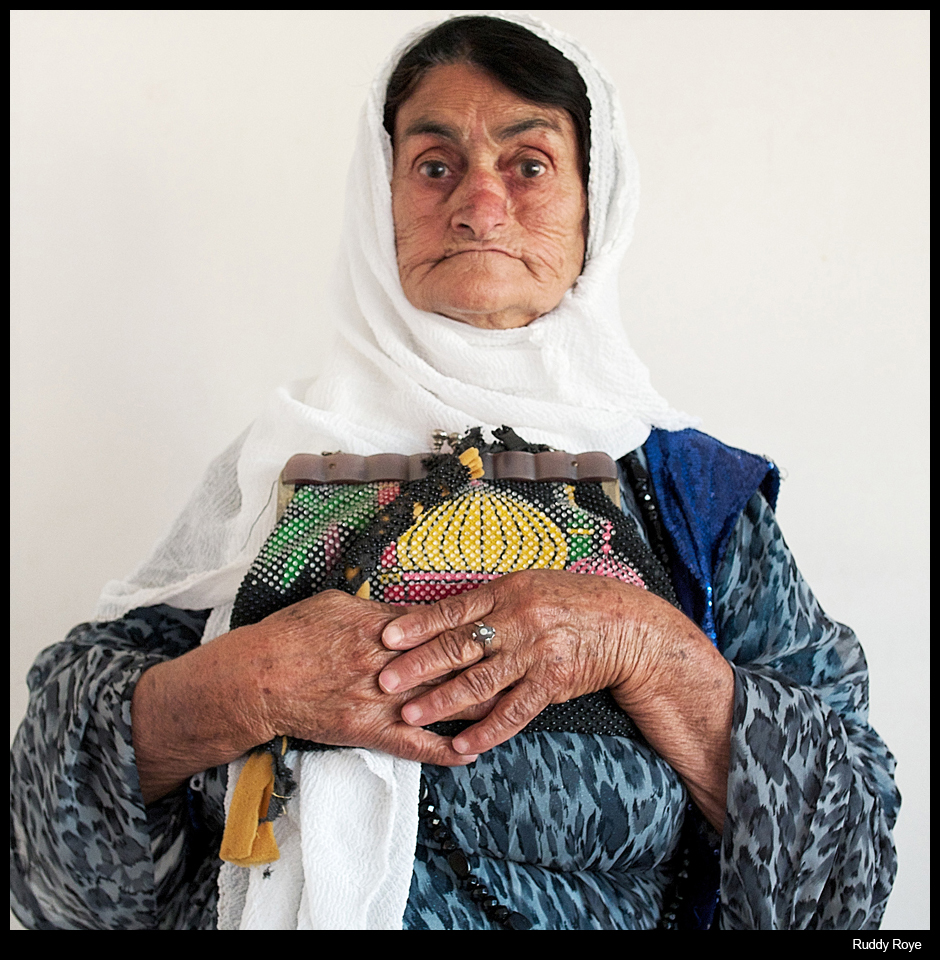
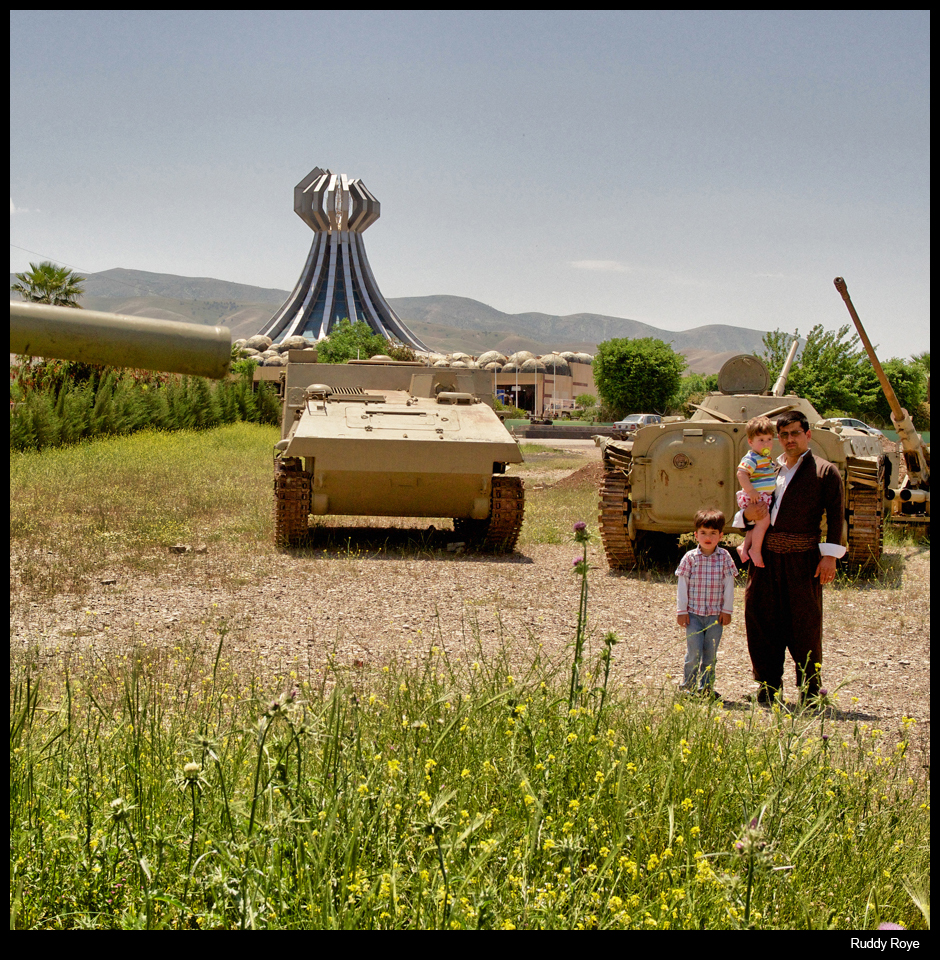
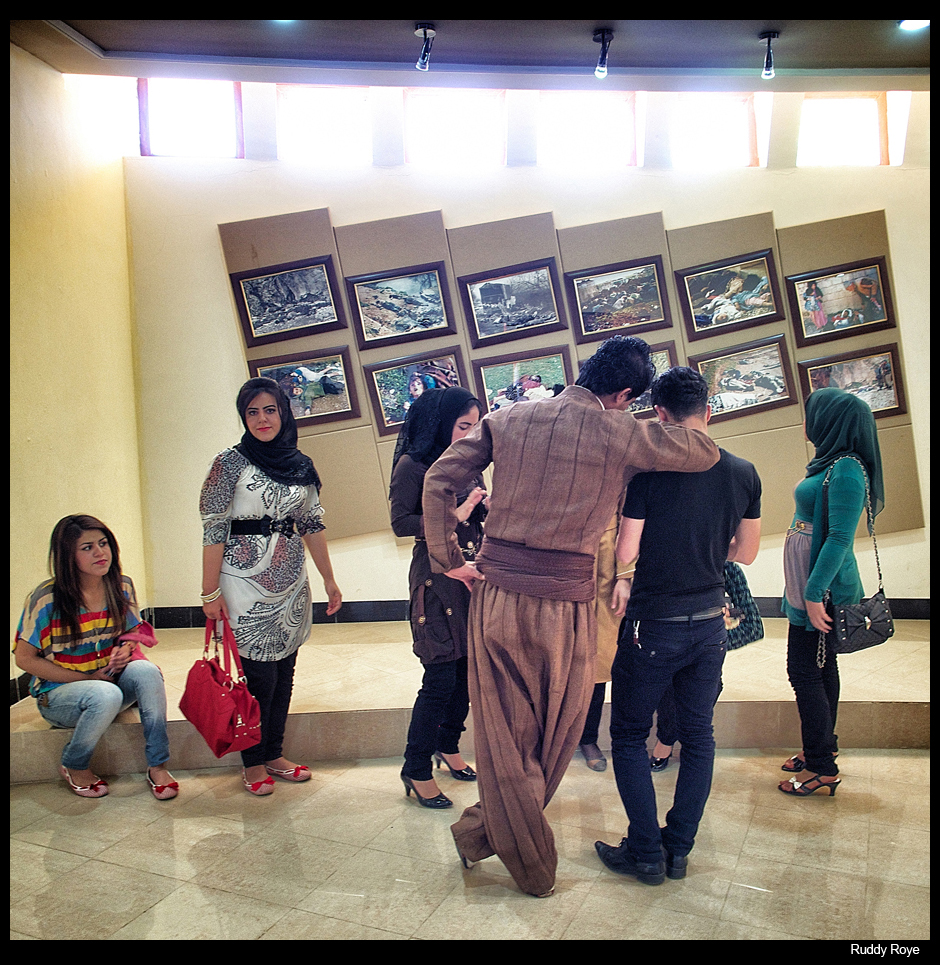
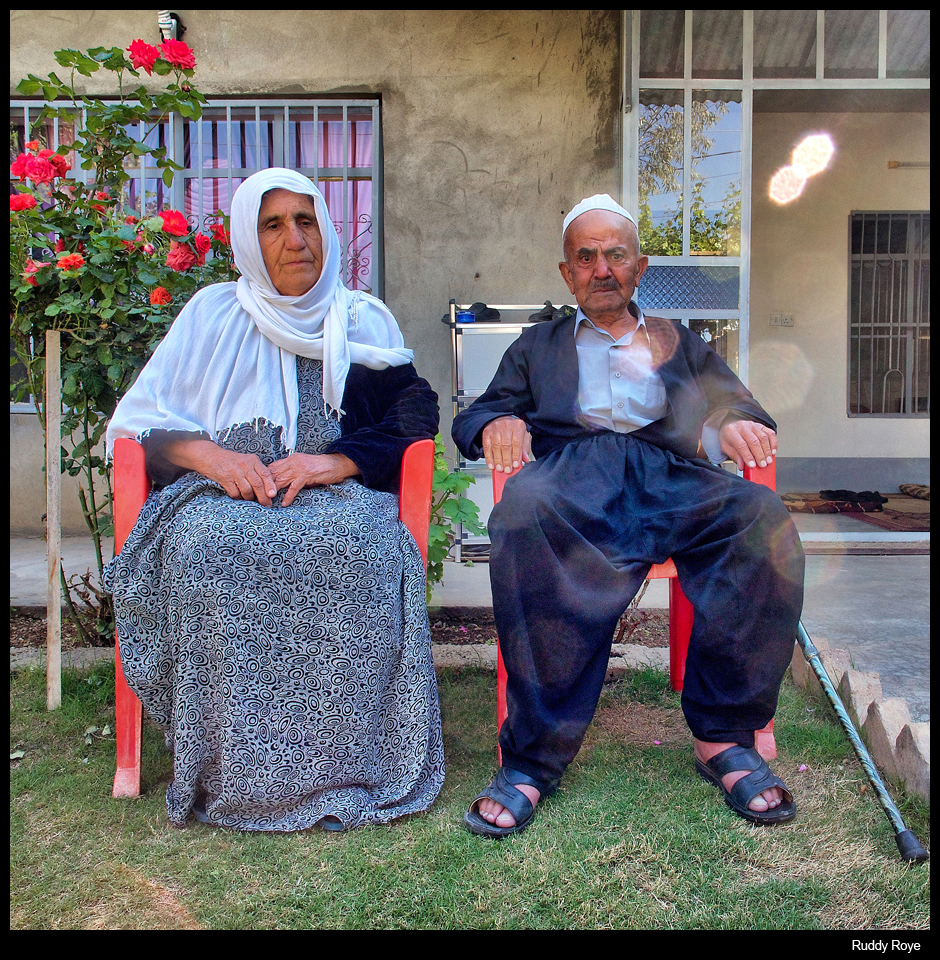
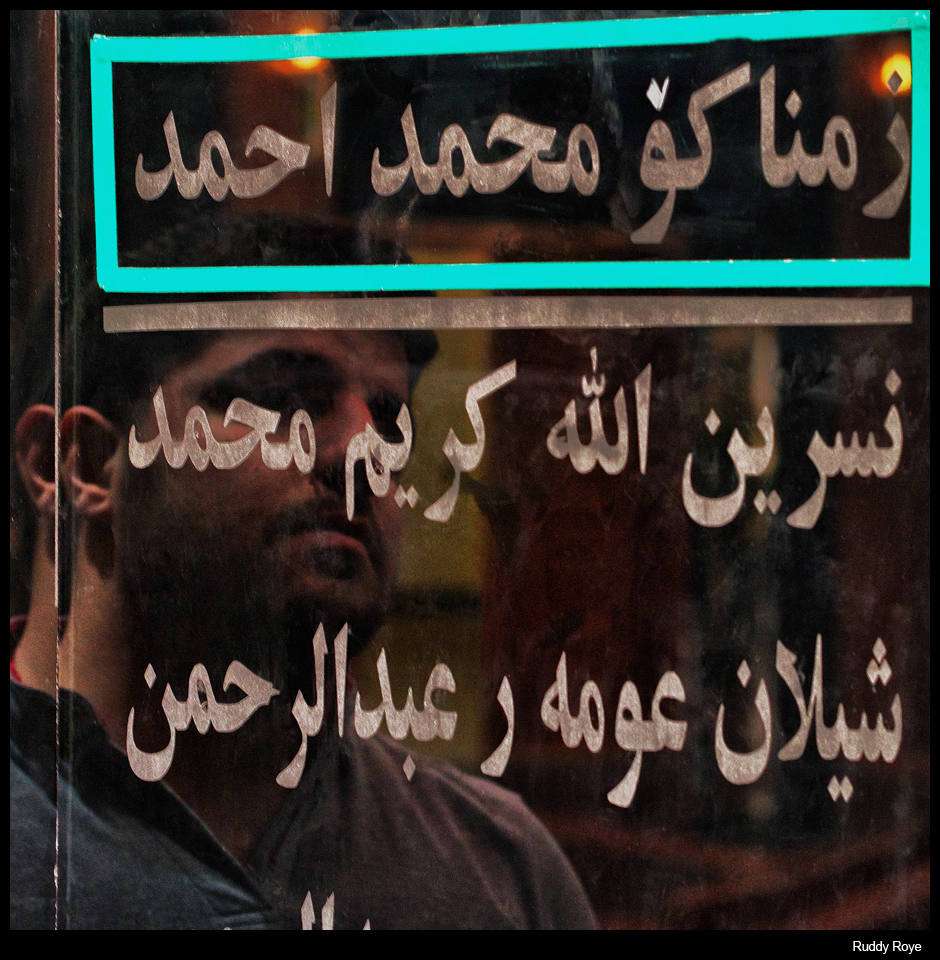
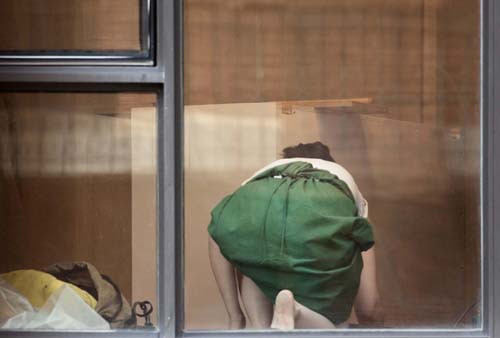
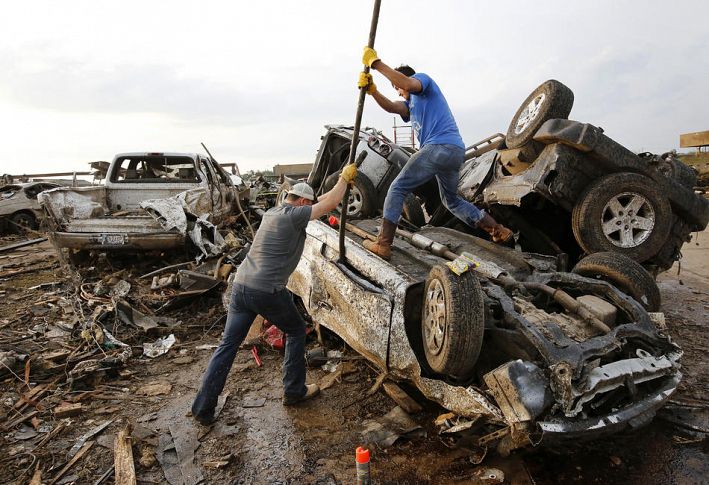
Reactions
Comments Powered by Disqus